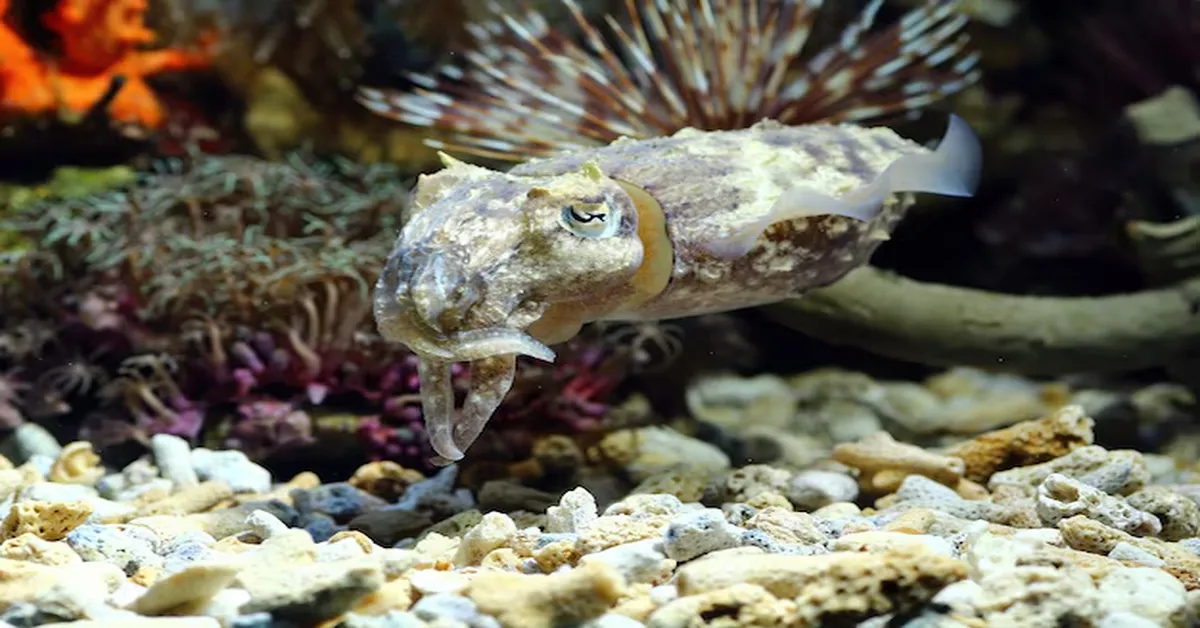The ocean is home to some of the most breathtaking marine life, but it also houses some truly bizarre and ugly fish. While beauty is subjective, some sea creatures have faces only a mother could love. From deep-sea dwellers with terrifying features to odd-looking fish found in shallow waters, these creatures play an essential role in maintaining marine ecosystems.
In this article, we will explore some of the ugliest fish in the world, their unique adaptations, and why their appearance is crucial for their survival.
What Makes an Ugly Fish?
Before we dive into the list, let’s discuss what makes an ugly fish. Some common traits include:
- Unusual body shapes – Many of these fish have bloated bodies or skeletal structures that appear distorted.
- Bulging or misplaced eyes – Some fish have oversized or asymmetrical eyes, making them look strange.
- Slimy or textured skin – Rough scales, wrinkled skin, or a gelatinous exterior can contribute to their unattractive appearance.
- Odd appendages – Some species have elongated fins, barbels, or dangling bioluminescent lures that add to their bizarre looks.
10 of the Ugliest Fish in the World
1. Blobfish (Psychrolutes marcidus)
Arguably the world’s most famous ugly fish, the blobfish became an internet sensation after being voted the “World’s Ugliest Animal.” Found in the deep waters off Australia and New Zealand, this gelatinous fish appears flabby and droopy due to its lack of a swim bladder. Its appearance is due to the high-pressure environment in which it lives, where it looks more normal than when brought to the surface.
2. Goblin Shark (Mitsukurina owstoni)
Nicknamed the “living fossil,” the goblin shark has an elongated snout and a set of retractable jaws filled with needle-like teeth. This deep-sea predator looks like something out of a horror movie, and its ability to extend its jaws in an instant to snatch prey makes it one of the strangest-looking creatures in the ocean.
3. Anglerfish (Lophiiformes)
Found in the dark depths of the ocean, anglerfish are known for their large heads, sharp teeth, and bioluminescent lure that dangles from their foreheads to attract prey. Their nightmarish appearance, combined with their unique hunting techniques, makes them one of the scariest-looking ugly fish in existence.
4. Red-lipped Batfish (Ogcocephalus darwini)
Despite its name, the red-lipped batfish is not winning any beauty contests. It has a flattened body, odd leg-like fins that it uses to “walk” on the ocean floor, and bright red lips. Found around the Galápagos Islands, its bizarre appearance is matched by its peculiar behavior.
5. Frilled Shark (Chlamydoselachus anguineus)
Looking like a prehistoric sea monster, the frilled shark has an eel-like body and multiple rows of needle-sharp teeth. Its strange, wrinkled skin and frilled gill slits give it a distinctly eerie appearance. Unlike most sharks, it uses a snake-like movement to ambush its prey.
6. Stargazer Fish (Uranoscopidae)
With eyes positioned on the top of its head, the stargazer ugly fish buries itself in the sand and ambushes unsuspecting prey. It has a wide mouth and an electric organ capable of delivering a mild shock. While its hunting strategy is impressive, its facial structure makes it one of the most peculiar-looking fish.
7. Scorpionfish (Scorpaenidae)
The scorpionfish may look grotesque, but its real power lies in its venomous spines. Camouflaging itself against rocks and coral reefs, this fish has a rough, textured body that makes it blend into its surroundings. While effective for survival, its lumpy appearance earns it a place on the ugly fish list.
8. Monkfish (Lophius piscatorius)
Also known as the sea devil, the monkfish has an enormous head, a gaping mouth filled with sharp teeth, and a body that appears disproportionate. Despite its terrifying look, monkfish are a prized delicacy in many seafood cuisines.
9. Snakehead Fish (Channidae)
Named for its snake-like appearance, the snakehead fish is known for its aggressive nature and ability to survive out of water for extended periods. With its elongated body, wide mouth, and sharp teeth, this invasive species is as menacing as it is ugly.
10. Wolf Fish (Anarhichadidae)
The wolf fish has an elongated, eel-like body and powerful jaws filled with large, crushing teeth. It uses these teeth to break open hard-shelled prey like sea urchins and crabs. Its fierce expression and bulky structure make it one of the least attractive fish in the sea.
Why Do These Fish Look the Way They Do?
While many of these fish may appear ugly to humans, their unique features help them survive in their respective environments:
- Camouflage: Many of these fish use their rough, textured skin to blend into the ocean floor or coral reefs.
- Adaptations for Deep-Sea Life: Fish like the blobfish and goblin shark have soft bodies to withstand high pressure in deep-sea environments.
- Hunting and Defense Mechanisms: Features like bioluminescence (anglerfish), venomous spines (scorpionfish), and ambush techniques (stargazer) help these fish capture prey and avoid predators.
Conclusion
While they may not win any beauty pageants, ugly fish are fascinating and play crucial roles in marine ecosystems. From the terrifying goblin shark to the droopy blobfish, each species has unique adaptations that make it well-suited for survival in the wild.
Next time you come across an ugly fish, remember that beauty is in the eye of the beholder—and in nature, function always trumps form.
Call to Action
Did you enjoy learning about these fascinating ugly fish? Share this article with fellow marine life enthusiasts and let us know which fish you think is the ugliest!









